CT vs SEM: 10 Comparisons for Subsurface Imaging Analysis
Published

X-ray micro-CT (computed tomography) and SEM (scanning electron microscopy) are among the most widely used imaging techniques for industrial applications in the semiconductor, electronics, battery, and medical device industries. How should we choose between X-ray micro-CT and SEM? The answer depends on the sample and your research goal.
In the eBook, CT vs. SEM: Which is Better, Dr. Aya Takase, Director of X-ray Imaging at Rigaku Americas Corporation, invited me to answer frequently asked questions about X-ray Micro-CT and SEM and discuss the advantages and disadvantages of the techniques.
Below is a summary of our discussion.
1. CT or SEM, which is better for elemental analysis?
SEM-EDS is a better solution for elemental analysis than CT. Modern SEM-EDS systems can simultaneously use SEM to generate a beam-rastered image and EDS to gather characteristic X-rays to make compositional maps of samples.
2. How high are the spatial resolutions of CT and SEM?
SEM provides higher spatial resolutions than CT. SEM is better for nanometer resolution, while CT can work submicron to micron resolution.
3. What are the maximum sample sizes for CT and SEM?
CT can scan larger samples than SEM. Large-scale high-energy industrial CT scanners can scan samples up to 1-2 m. SEMs can handle samples under 6″ in diameter. Typical sample sizes for SEM are on the order of 1″ across, and there are no samples too small to be measured.
4. Are CT and SEM destructive?
Both techniques are non-destructive for most inorganic materials. CT is better for organic samples. The ability to scan the entire volume of an object non-destructively is one of the most significant advantages of CT.
5. Do we need to prepare samples for CT and SEM scans?
X-Ray CT sample preparation is next to none. The only exceptions are life science samples such as organ tissues, insects, etc. SEM requires some preparation for most samples. The most common SEM preparation methods include globally depositing thin metal layers, drop-casting liquids and drying in vacuum, and grounding contacts on IC samples.
6. Can we use CT and SEM to investigate internal structures?
Both CT and SEM can be used to analyze internal structures. CT can see internal structure non-destructively, and FIB-SEM can see internal structure by cutting into the sample. With a single-beam SEM, we can only see the surface. With dual-beam FIB-SEMs, we can see inside the sample using the FIB’s cutting capabilities and imaging techniques (SEM, EDS, EBSD) to generate 3D images.
7. How long does a CT or SEM measurement take?
It depends on the purpose of the experiment and the required image quality. A typical CT scan time is about 30 minutes to a few hours. The scan time increases as you try to increase the resolution or reduce the noise level. A set of SEM images usually takes a few hours to capture – it involves images from 100 to 100,000x magnification, detectors for secondary and backscatter imaging, multiple rotations, and tilts to view features from all angles, EDS/or EBSD data, etc.
8. What materials can CT and SEM measure?
CT can measure a broader range of materials than SEM. SEM experiments are mostly restricted to solids. Liquids tend to evaporate in vacuum or when heated by an electron beam. Special treatments are required for electrically insulating materials or heat-sensitive materials, such as polymers and biological samples.
9. Can CT or SEM map crystallinity and crystal orientations?
SEM is more suitable for crystallinity and crystalline orientation analysis than CT. CT can calculate the crystallinity of materials that have density differences between crystalline and amorphous phases. SEM measures crystallinity using an electron backscatter diffraction (EBSD) detector. The EBSD detector provides spatially-resolved crystallinity measurements. With the information, one could measure grain size distribution as a function of position, trends in strain, get degrees of preferred grain orientation, make pole figures, etc.
10. When do I need both CT and SEM?
When you need to cover a wide range of scales, you need both CT and SEM. Many experiments start with large samples and look for tiny targets. Suppose you have a PCB that has a short. You can make a 3D representation of the PCB with CT, find a gap in the insulating layer, image the region of interest with SEM, and find a conductive nanoparticle in the insulating layer, which causes the short!
Which technique is right for me?
We hope we have answered some of your questions about CT and SEM. Both techniques offer unique advantages and provide critical data to help understand material structure and phase. These two techniques often complement each other. With a combination of CT and SEM, you can generate 3D models of materials from the cm-scale to the nm scale!
If you are interested in CT instruments, please contact Rigaku application scientists at:
imaging@rigaku.com.
Covalent Metrology offers a full suite of Micro-CT and SEM analytical services. Our clients take advantage of our Live View service to participate in live analysis sessions with Covalent experts.
Contact Covalent for a free project consultation today at hello@https://covalentmetrology.com.
Don’t Forget to Share!
